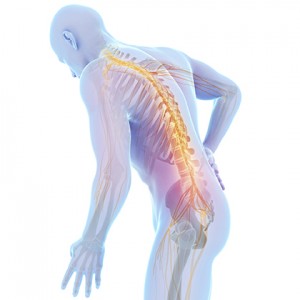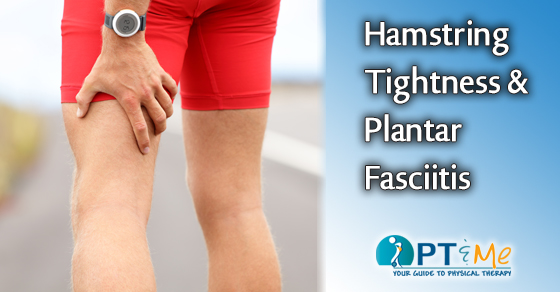
Did you know that physical therapy can help kids with arthritis? Juvenile Rheumatoid Arthritis (JRA), also called Stills disease, is the most common form of arthritis seen in children and young adults.Children commonly complain of joint pain and stiffness, along with an occasional fever.
JRA can impact fine movements and overall mobility if left untreated. While medical therapy is the mainstay of treatment, physical therapy and rehabilitation are essential to restoring full movement and quality of life.

How does physical therapy help?
Physical therapists are trained experts at delivering a variety of treatments to help reduce pain and improve joint movement. A child experiencing pain and dysfunction can feel isolated and left out, unable to participate in group activities with other children. A physical therapist can help the child to improve muscle tone, strength and reduce joint inflammation. This helps children regain the quality of life they deserve; allowing them to live with less pain and enjoy the benefits of unrestricted movement.
This information was written by Oregon Spine and Physical Therapy, a physical therapy group located in Eugene, Oregon. At Oregon Spine & Physical Therapy, your care begins with a comprehensive evaluation of your condition by your physical therapist. This initial assessment will allow the physical therapist to accurately reach a diagnosis and then prepare your appropriate, personal treatment plan. For more information click here.











